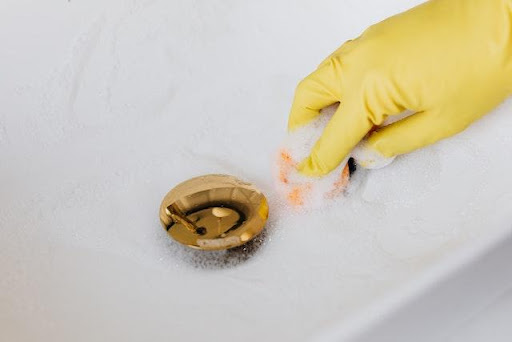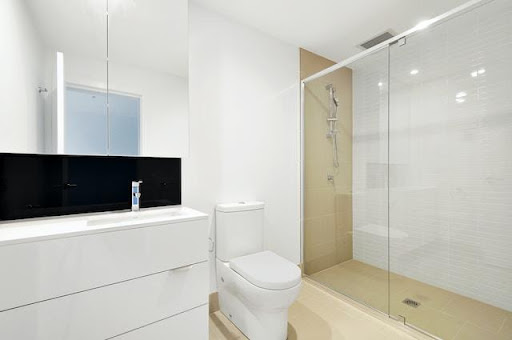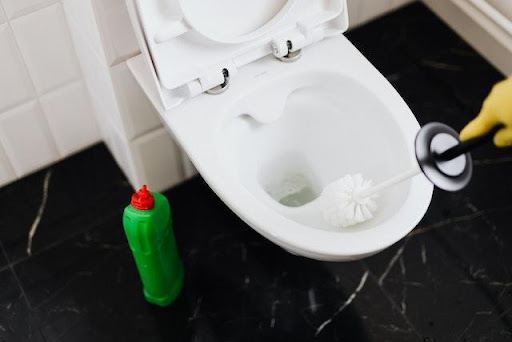
Clogged drains are a common and very annoying problem in homes. When they happen, clogged drains make it very hard to use your home’s plumbing fixtures. Blockages and clogs can show up in any of the home’s drains. Worst of all, drains can get clogged without warning and for no apparent reason.
When dealing with clogged pipes or blocked drains in your home, knowing how to diagnose the problem helps a lot. This knowledge makes it possible to avoid the frustration that comes with a clogged drain. Also, Castle Management experts says you can save money when you troubleshoot a drain problem since you only have to call a plumber for the more serious issues.
This post will help you understand why the drains in your home get clogged and what you can do to solve the problem. In addition to explaining how to fix the issues, you will learn what you can do to keep them from happening again. These expert tips will not only help your plumbing work smoothly, but they will help them last longer.

Troubleshooting different types of clogged drains in your home
How to troubleshoot a shower drain
Shower drain clogs are mostly caused by soap scum that binds to skin flakes, hair and other dirt in the bathroom. With time, this gunk builds up inside the drainpipe, reducing water flow and eventually blocking the drain.
If your shower drain is clogged, take the following steps to open it:
- Remove the drain cover. If you can see the blockage, simply pull it out. Make sure to wear waterproof gloves before you do this. Continue pulling out the clogged pieces until the drain is clear.
- If you can’t see what’s blocking the drain, pour boiling water (if you have metal pipes) or nearly boiling water into the drain opening. You will get better results if you pour the water slowly; this will keep it from cooling quickly.
- As a final option, use a plumbers’ snake or straightened-out coat hanger to try and pull out the blockage. Insert it into the drain and twist it gently in different directions while moving it backwards and forwards. Avoid pushing or pulling hard.
Troubleshooting a blocked kitchen drain
The most common cause of blockage in kitchen sink drains is cooking oil or grease that has caked onto the walls of the drainpipe. When combined with food particles and detergent soap scum, a stubborn viscous residue is left inside the drain.
To unclog your kitchen sink drain, follow these steps:
- Run nearly-boiling water down the drain to melt the grease and soften the clog. Follow it with a generous amount of dishwasher to emulsify the fat and make the pipes slippery. Pour more hot water into the drain.
- If this doesn’t work, pour 50 ml of baking soda into the drain, followed by 50 ml of vinegar. Let the fizzy mixture sit in the drain for at least 3 hours or overnight.
- Repeat step one by pouring nearly boiling water into the drain.
- If this doesn’t work still, the best option is to get a professional plumber to look at the drain. You can avoid this problem in the future by not dumping grease, starchy foods (potato and rice), eggshells, and coffee grinds into the kitchen sink.

Troubleshooting clogged toilets
Toilet drain clogs mainly happen as a result of flushing non-flushable items into the toilet. It includes stuff like feminine hygiene products, cotton-tipped swabs, dental floss and pre-moistened diaper wipes. Only toilet paper and human waste should go into toilets.
To troubleshoot a clogged toilet:
- Firstly, do not flush the clogged toilet. Flushing it will only increase water in the bowl, causing wastewater to spill on your toilet floor.
- Try to remove the clog with a toilet plunger (different from a sink plunger). Plungers are best for clogs that are close to the drain opening. You need to apply some force and do this several times.
- If this doesn’t work or the drain is not fully-cleared, use a hand-powered auger. It can reach 2-5 feet into the drain pipe. Use it to break up or snag the item blocking the drain.
How to prevent future drain clogs
- Install strainers on the opening of the sink, shower and floor drains. Make sure these strainers are cleaned frequently
- If the water in your area is hard, you will have more problems with soap scum. Install a water softener in your home to solve this problem and protect your drains.
- Never pour grease, fats, oils and other materials that congeal or clump together into your kitchen sink. Dispose of them in the trash after placing them inside a sealed container.
- Avoid flushing so-called flushable items into your toilet. The only things that should go into your toilet are tissue paper and human waste.
Lastly, to determine the overall health of your drains and stay ahead of rising problems, have your plumbing system inspected and cleaned by a professional plumber at least once a year.

